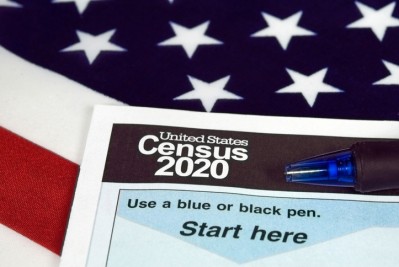GOOD FOOD EXPO
What it takes to win shelf space, according to buyers and brands

At the Good Food Expo held in Chicago last week, a panel of experts shared their dos and don'ts when jockeying for a spot on shelf. Sitting down with a distributor or supermarket category manager is the gateway to in-store placement, and nothing is as crucial as doing your homework beforehand, according to panelists.
For KeHe Distributors, which carries roughly 70,000 products and 6,000 brands across about 90 categories, doing the necessary research is paramount.
"What works for one buyer, doesn’t work for another buyer. There is so much grassroots research you can do ahead of time to tailor your message to that specific person," said Katie Paul, executive director, KeHe Distributors.
"One buyer may be very data driven. It doesn’t mean you have to go to IRI, Nielsen, or SPINS and buy the data if you can’t afford it. However, you can get in the store, check out the sets, know how many SKUs they have, know their average price point, and know how they are promoting the section. Understanding all of that before going in is so important," she added.
What works for one buyer, doesn’t work for another buyer
Whole Foods Market, the holy grail of store placement for many better-for-you brands, is so inundated with new products that local purchasing associate coordinator, Buddy Levin, said that patience and knowing how the system for product reviews works helps.
"We review products on a rolling monthly basis by category and there’s typically one or two people reviewing your products depending on the category," Levin shared. "It’s important to be patient and persistent, we’re reviewing hundreds, sometimes thousands of products per category. It takes time for the category managers and buyers to review those categories."
Levin offered other simple tips such as knowing the retailer's values and what types of products they look for. For example, Whole Foods' list of unacceptable ingredients should be a brand's first stop before approaching the retailer, she said.
"Whole Foods does have extremely strict quality standards so do your research ahead of time," Levin added. "We always encourage emerging brands to look at our stores and look at that 4-foot or 8-foot section that your product would fall under as far as price point, packaging, and overall look."
Nailing the in-person meeting
Scoring an in-person meeting with a supermarket buyer or distributor is a solid step in the right direction, but that's when the research and preparedness really comes into play, according to panelists.
As Paul pointed out, one buyer may be focused on data while another buyer might be more interested in the relational aspect of the business and the brand's personality, and for a new brand, it's essential to drive home the founder story.
"We like to look at brands that are doing more than just selling their brands. KeHe is a B-corp, and we oftentimes look at B-corp brands. What’s your story? Do you have a cool personality, because that means a lot to the consumer and a lot to the buyers," noted Paul.
"Readiness and preparedness to go to retail is definitely something that should be polished first [before meeting with buyers or category managers]," added Levin.
'A crazy level of passion...'
From a brand perspective, panelist Julie Smolyansky, CEO of Lifeway Foods, remembers the amount of work and preparation she and her father, the founder of Lifeway Foods, took to score a meeting with KeHe over 20 years ago.
"It starts with a crazy level of passion from entrepreneurs that really believe in their brand and a commitment that is ready to go to war," Smolyansky said. And that passion and market differentiation behind a brand have become ever more important in today's market where startups and innovation abound, she added.
"It’s cut throat in a way that I’ve never seen it," she added.
For Lifeway Foods, when it was founded in 1986, it was entering into the nascent and still developing CPG digestive health category with a line of kefir products. The company now holds a majority share of the refrigerated kefir market in the US.
"Filling a need for the retailer is really critical," Smolyansky added.
















